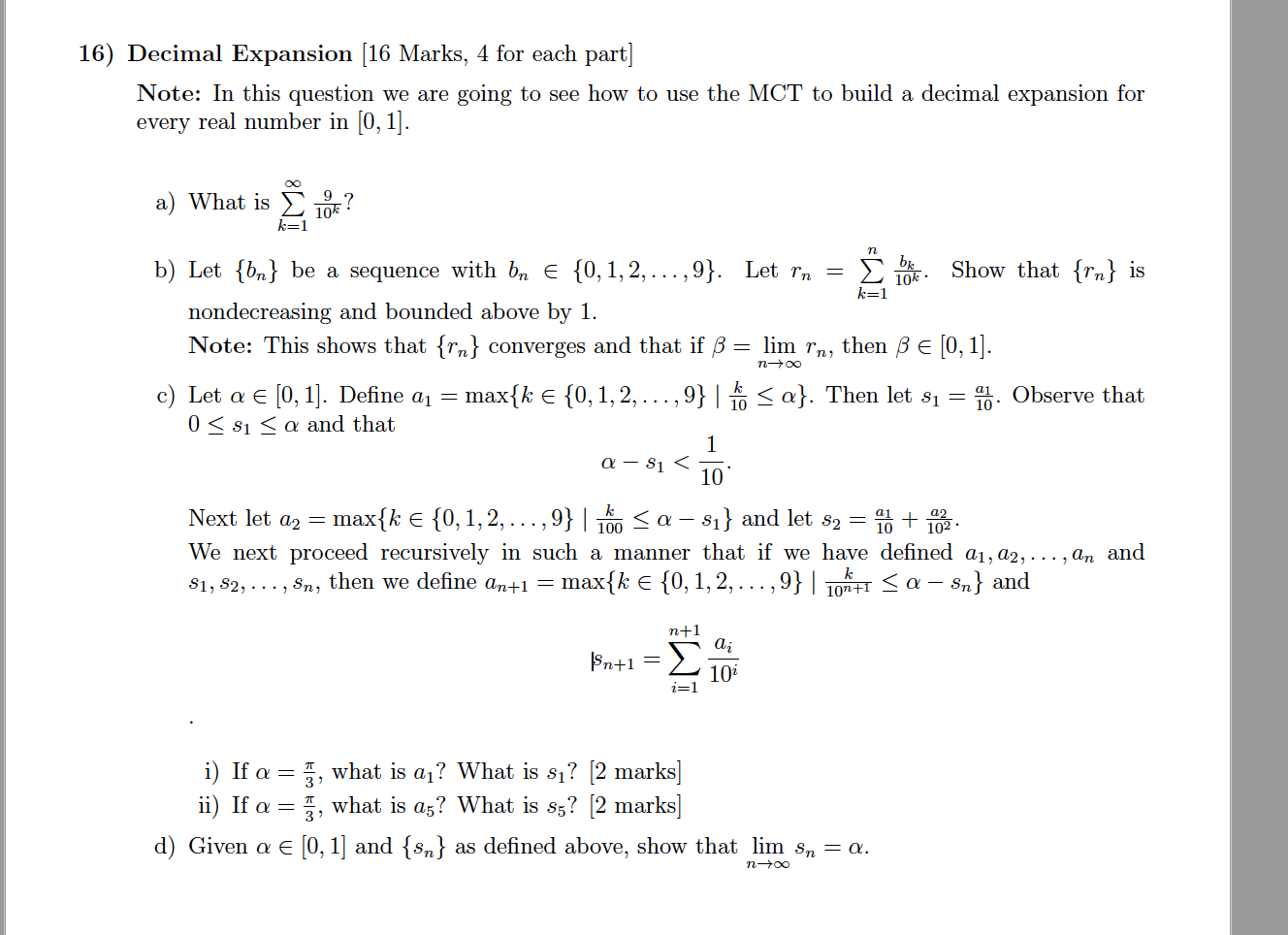Answered step by step
Verified Expert Solution
Question
1 Approved Answer
Dear tutor, Thank you very much for your help! I get the chance of 3 bonus questions. I am not sure how to define the
Dear tutor,
Thank you very much for your help!
I get the chance of 3 bonus questions. I am not sure how to define the number of questions. In my 3 questions, there are several parts to answer it.
Thank you very much once again.
Sincerely,
Sim



Step by Step Solution
There are 3 Steps involved in it
Step: 1

Get Instant Access to Expert-Tailored Solutions
See step-by-step solutions with expert insights and AI powered tools for academic success
Step: 2

Step: 3

Ace Your Homework with AI
Get the answers you need in no time with our AI-driven, step-by-step assistance
Get Started


